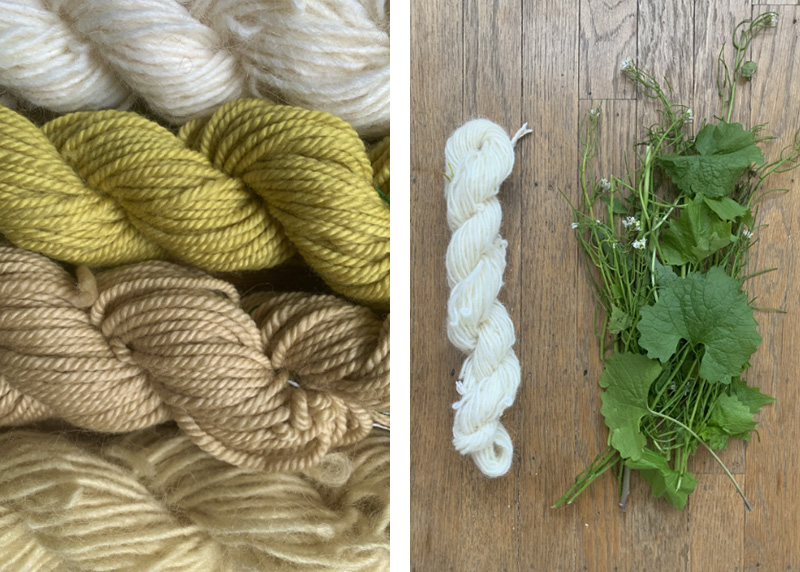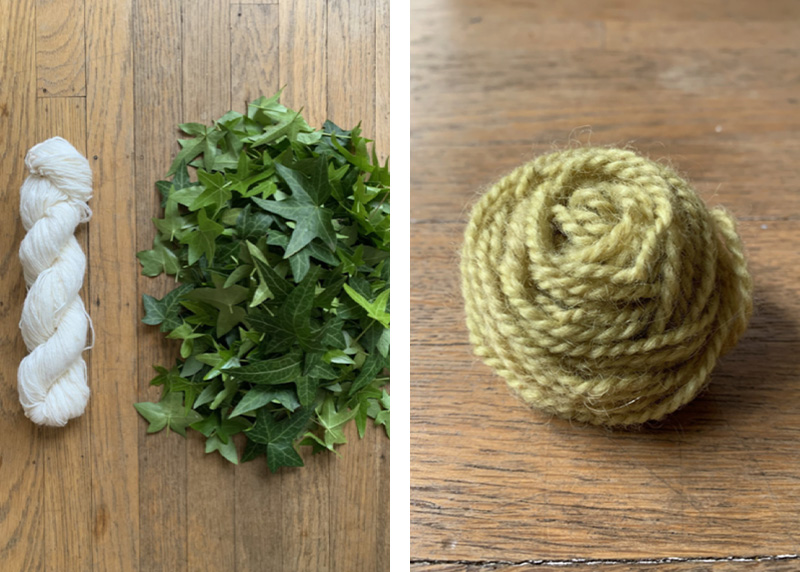Volunteer Spotlight: Liliana
Written by PJ McFalls
The energy of 20+ volunteers is pretty intense. Driven by a multitude of experiences and abilities, hungry to pull invasive plants from the forest floor and restore the earth – it can be tricky to get a word in after unleashing them to a patch of ivy. But it would be a lie to say that volunteer events at EarthCorps are quantified by the amount of blackberry roots that are grubbed or trash that gets collected. What seems to be the greatest achievement made is taking time as strangers to intentionally be in community with one another. When volunteers decide to return, our team of specialists are always overjoyed at their continued enthusiasm and familiar faces.

Liliana, a computer science wizard by day and craftsman by night, is a great example of an active participant we have recently gotten to know well. Led by her curious heart and her interest in natural dying, Liliana is currently exploring her relationships with invasive plants found in the Pacific Northwest by learning how they can be of use to us in an artistic setting.
For a creative, the invasive garlic mustard or weedy dandelion are innovative and fantastic means to work with: plenty in abundance, always in disposal of, naturally occurring. Through trial and error and a surprising amount of awesome chemistry, Liliana has used many different invasive plants to dye a variety of natural fibers and materials. Liliana’s work is important in contextualizing human interactions within environmental restoration. Intentionally using invasive plants in her projects almost inevitably asks audiences to consider: How can we be crafty with resources that will likely be disposed of? What can plants teach us, even plants that were introduced?

Volunteer events bring individuals of all abilities and interests together, and one of the many spaces at EarthCorps where relationships are built around our shared desire to help protect our environment. It goes without saying that we are so lucky to have met Liliana and gotten to know her a little better over snacks and ivy and dirt. For more information and shared resources on how natural dyes work, you can reach Liliana at lilianaterrys@gmail.com.


